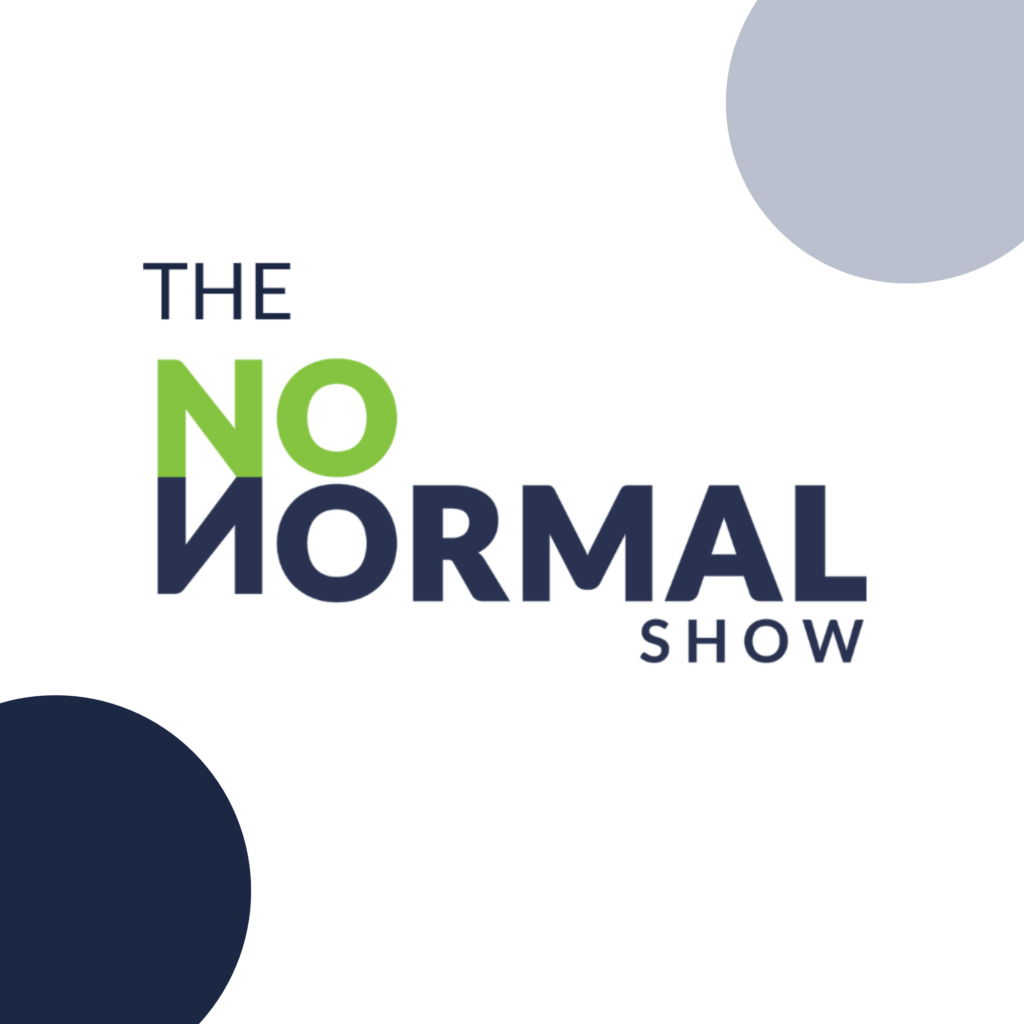What Starbucks, Apple, and Men’s Health Teach Us About Engagement
Healthcare marketing is not alone in its struggle to keep people engaged. Even global giants like Starbucks and Apple face similar challenges: how do you hold onto loyalty, inspire emotional connection, and stay relevant in a world where consumers are quick to move on?
When Brands Lose Their Spark
Starbucks built its reputation on being a “third place” between home and work. But as mobile ordering and drive-thru lines took over, the brand began drifting toward function over feeling. Apple faces a parallel problem. Its latest product launches deliver incremental improvements but lack the once-radical innovation that gave the brand an emotional edge. Both companies remain massively successful, but they risk becoming purely functional brands if they can’t reclaim that deeper space in people’s lives.
Healthcare organizations face the same tension. A hospital or health system can easily become “just another option” if it focuses only on appointment scheduling, wait times, or procedure lists. Necessary, yes. But not inspiring. The brands that stand out are those that connect emotionally and embed themselves into daily life.
The Overlooked Gap: Men’s Health
This is especially urgent when it comes to men’s health. Men in the U.S. are less likely than women to engage in preventive care, less likely to maintain ongoing provider relationships, and more likely to delay treatment until it’s too late. In a New York Times article on Men’s Health, it is said that, “men have died at higher rates than women from 14 of the top 15 causes of death”. Social norms around masculinity only deepen the gap: men can often see vulnerability as weakness, underestimate their health risks, and avoid checkups altogether.
Health systems that want to close this gap must go beyond education campaigns that rattle off screening guidelines. Storytelling is far more powerful. That’s why Alonzo Mourning’s work with Baptist Health South Florida has been so effective. By sharing his own battles with kidney disease and prostate cancer, conditions caught early through routine appointments, Mourning reframed prevention as strength, not weakness. His story resonates because it shows that even the strongest among us need care, and that seeking help is an act of responsibility, not fragility.
Why Emotion Wins
Whether it’s a latte, a smartphone, or a prostate screening, people don’t act based on checklists alone. They often act when brands tap into identity, values, and purpose. Starbucks arguably lost some of its magic when it traded community for convenience. Apple could risk the same by leaning too heavily on functionality. And health systems miss their chances of engaging men when they don’t speak to men in ways that feel human, emotional, and relevant.
The lesson from Starbucks, Apple, and men’s health is that function alone is not enough. Brands that thrive are those that reclaim the emotional space, meet people where they are, and inspire them to act. For healthcare, that means building campaigns, experiences, and stories that both inform and transform.
Check out our latest case study, “It’s Zo Time” with Baptist Health South Florida and Alonzo Mourning.
Read the transcript here
